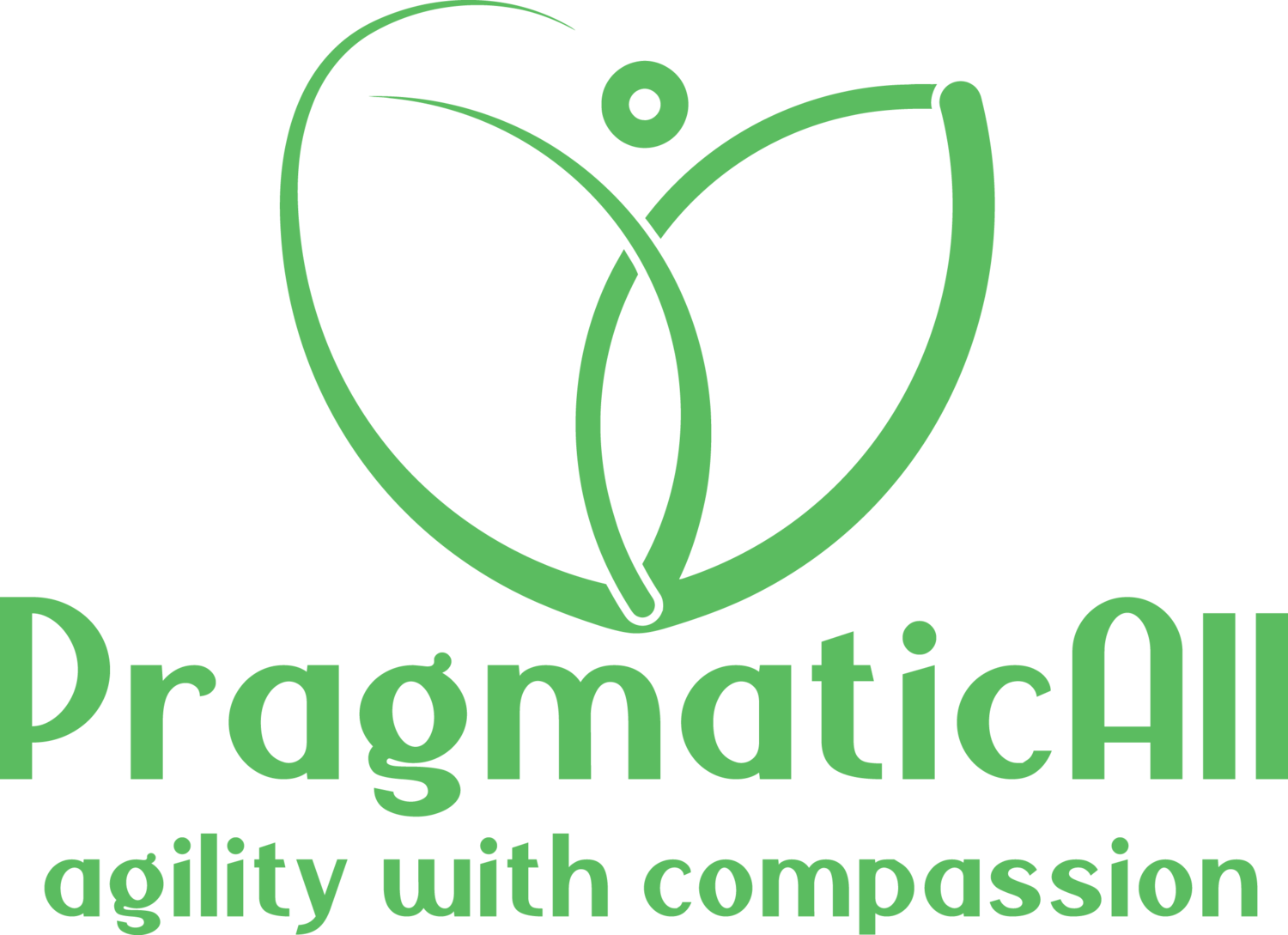My Philosophy
I value doing a few things right over just doing many things
Less is More
Do you have too much work for too few people? Many companies have, according to several articles, including this one from the Ivey Business Journal.
Too much work often means rushing the task at hand or frequent task switches, which leads to mistakes and costly rework. It also leads to stress and frustration among staff, and may lead to unhappy customers as a result of defects or missed deadlines.
By doing too much you’re less productive than you could be! So start doing less now. Decide which are the most valuable objectives and focus on those to the exclusion of others.
WIP limit
Why not work with a Work-in-process (WIP) limit? Make sure you’re not working on more than, say, 3 things at a time. Finish something before you allow yourself to start something else.
Do right
Doing less gives you a chance of doing right. With doing right I mean both ‘doing the right things’ and ‘doing things right’.
Doing the right things
Everyone has their own views on what is right and what is not. The important thing is to focus on doing what is right to you. I quite like Tim Leberecht’s view on doing the right things and building a business that doesn’t bury the humans at its core. For myself, doing right means doing it sustainably: the work pace must be sustainable for myself, the team and the client; and the full life cycle costs must be considered as part of the business case.
Doing things right
For me, doing things right means a strong focus on quality. Compromising on quality may give you a short-term benefit but almost always hurts in the long term. That does not mean that I am obsessive about quality, rather it means that I err on the side of caution.
Doing things right also means understanding what the stakeholders need, and delivering that, at the quality level that the stakeholders need - which may be different than the quality level I would have in mind.
I value long term relationships over short term profit
My van Lieshout ancestors
What does this mean in practice? Well, here are a few examples:
I strive to charge you a price that is in line with the value I deliver to you. In my opinion this is the only sustainable pricing strategy.
I will say ‘no’ to assignments that I feel I am not well qualified to perform. If I know someone else who could do the assignment, then I will suggest that you contact him or her.
If you are not satisfied with the work or my service, then I will make amends. Just let me know and together we will determine what can be done about it.
I value real world observations over theoretical models
Good observations are key
Dave Snowden said it very well: theory and practice should co-evolve.
If you don’t understand the theory behind things, practice won’t scale.
If you don’t allow theory to interact with practice, theory remains esoteric.
It is the interaction between theory and practice that matters.
I believe that observations of the real world are the key to the reflection that is needed for a healthy interaction between theory and practice. So, while I make every effort to be well informed on theories, approaches and models etc., it is in the way that I apply them that I make the difference. The way I apply the theory is different in each situation – because the observations are likely to be different.
I love good observations and the results that they inspire. Some examples:
Drawings and paintings based on close observation of the natural world;
Comedy and cartoons inspired by observations of human nature;
Scientific discoveries resulting from painstaking observation and measurement.
I value good practices over prescriptive methods
Don’t blindly copy what others do
PragmaticAll values good practices over a prescriptive approach.
Business change always involve humans in complex systems. Humans are not like other ‘systems’; their intelligence, intent and identity make ‘human systems’ very different. In my experience many prescriptive approaches over-constrain such a complex system, making it less effective. The challenge in most businesses is how to put in just enough constraints to make the complexity manageable, without over-constraining the system.
I believe there is no single correct way to do this. I also think that in most cases the best that anyone can do is to plan one or two steps ahead. You may have a rough idea of the way ahead, but it pays to keep observing what happens – and to adjust your plan based on those observations. That is what I call a pragmatic approach.
To pull this off is harder than it seems. We all have blind spots in our observations. That is where the good practices come in. Equipped with a variety of good practices to suit many different situations, I ‘pick and mix’ those practices that seem to fit the current situation. By always applying multiple complimentary practices, I compensate for my blind spots.
In this way my plan co-evolves with the information I obtain from observations, improving my (and your) chances of success.




